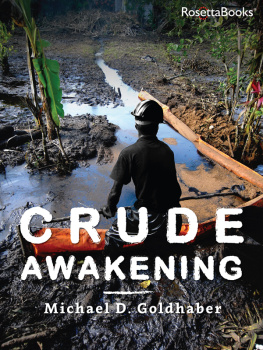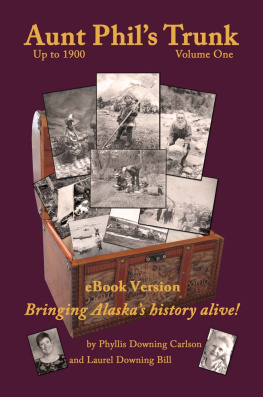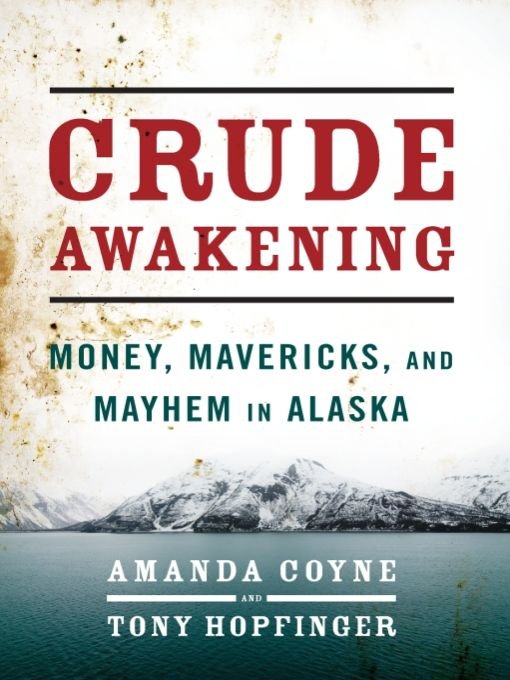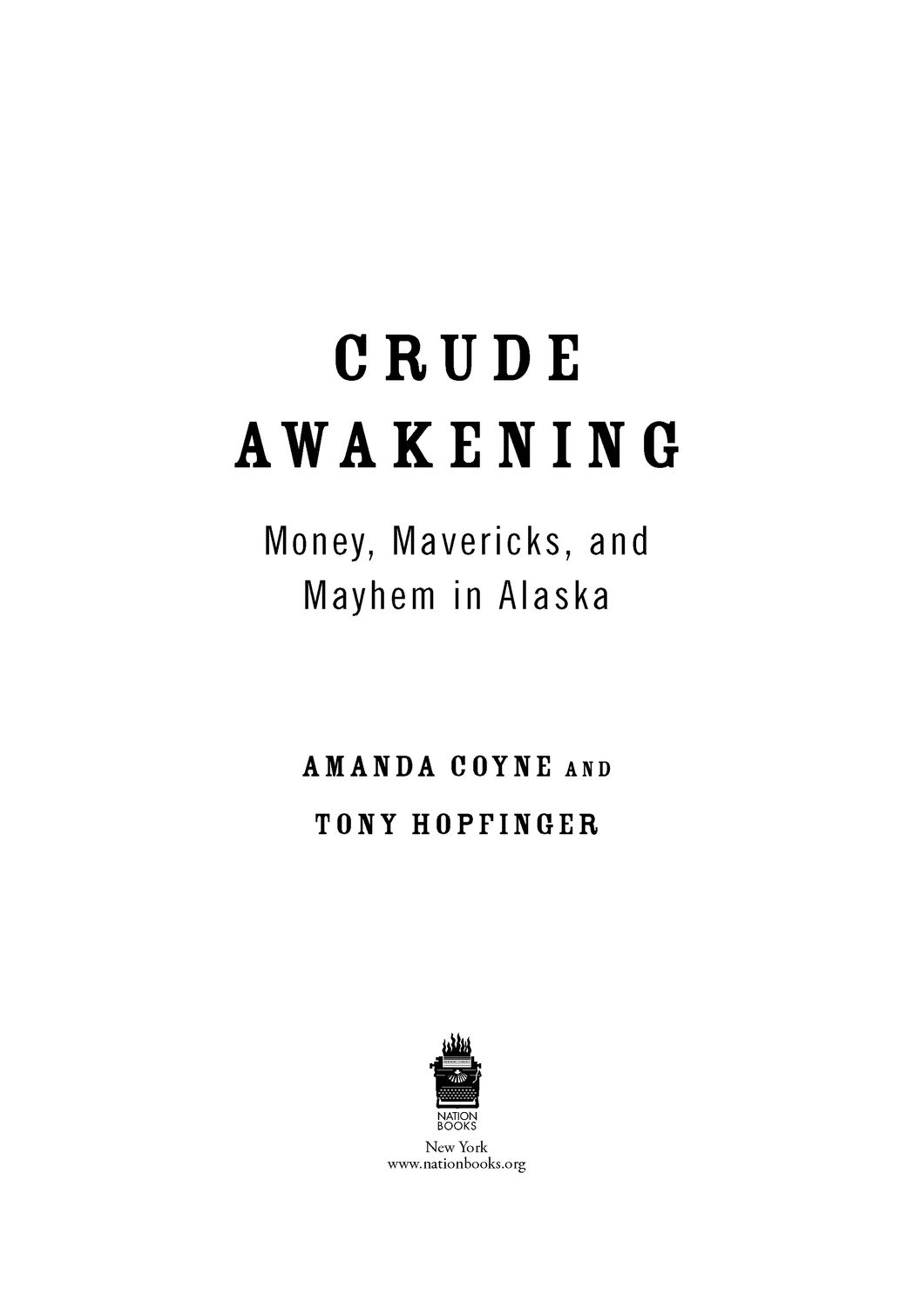Table of Contents
For our fathers, John and Anton
There are strange things done in the midnight sun
By the men who moil for gold;
The Arctic trails have their secret tales
That would make your blood run cold
The Cremation of Sam McGee,
from Songs of a Sourdough by Robert W. Service, 1907
ACKNOWLEDGMENTS
When the phone rang on the morning of August 29, 2008, we were as surprised as the rest of the country that Arizona senator John McCain had picked Alaska governor Sarah Palin to be his running mate in the 2008 presidential election. As reporters in Alaska, wed chronicled Palins rise in state politics over the years, going back to her 2006 gubernatorial win. Shortly after Palin was elected governor, Amanda was contracted to write the first biography of the former Wasilla mayor. The publisher wanted a quick, glowing profile of Palin and why she appealed to Alaskans. But as the Palin administration unfolded and Amanda reviewed the governors early years, Palin increasingly seemed like a fluke who got her fifteen minutes of fame thanks to a shakeup in the Alaska Republican Party and Alaskans growing distrust of the oil companiesthe lifeblood industry in the forty-ninth state. As governor, she embarked on a controversialand popularcrusade to reform the states dealings with the oil industry. We knew she possessed a special political charisma, but her success in Alaska seemed more the result of chance and circumstance than a calculated vision for her home state, her smarts, or her background. Amanda decided the Palin Cinderella story needed more time to unfold, and so she ended her contract for the biography project.
Another story was developing simultaneously. The states relationship with oil had erupted into a corruption scandal. Some of Alaskas biggest names, including then-Senator Ted Stevens, had become caught up in a sweeping FBI probe into Bill Allen, the head of the states largest oilfield services company, and his dealings with politicians. In March 2008 we first began drafting a proposal for this book, aiming to tell the story of how Alaska politics and oil became intertwined over more than forty years. Then, when McCain picked Palin six months later, we added what we knew about the governor and the impact of her policies on the state and its economy. The result, we hope, is a book charting Alaska through the lens of oil and politics, focusing on three larger-than-life characters: Ted Stevens, Bill Allen, and Sarah Palin. We recognize that weve just scratched the surface and there is much more to tell. And we understand that weve given short shrift to people and events that shaped Alaska. For that, we apologize. To the extent weve come close to telling the story we set out to write, we have many to thank.
We have often thought that others were more equipped to write this book than we were, including Hal Bernton, Craig Medred, and Michael Carey, veteran journalists who have shaped Alaska through decades of reporting and stories. Hal encouraged us to write this book back in 2008, helping us hone the theme and dive deeper into the corruption scandal, especially Bill Allens alleged sexual crimes and the Justice Departments foibles in the case. Craig helped us carry that idea out through his masterful editing, his vibrant ideas, and his keen mind. We, like all Alaskans, are more than lucky to have Craig Medred by our side. Michael Carey, one of Alaskas great historians and writers, helped with checking our facts in the early years of Alaska, as well as the tone and narrative. We also relied on Michaels evolving sense of the state through his columns in the Anchorage Daily News over the decades.
Nobody in our professional careers has believed in us like Alice Ro-goff. From the time we met in June 2009, she supported us in writing this book while also giving us the amazing opportunity to build Alaska Dispatch. We will forever be grateful for her trust, encouragement, optimism, and friendship, as well as her love of Alaska. We thank our agent Gail Ross, who took a big chance on signing up two relatively unknown writers. Our editor, Carl Bromley at Nation Books, took an even bigger chance by buying into the idea and giving us much needed encouragement and space to explore the themes of the book along the way.
Over the years our editors at Bloomberg News and Newsweek have helped us see the potential in Alaska news. Wed like to thank all the hardworking reporters at the Anchorage Daily News, who have kept those tribal fires lit. Youve reminded us why newspapersthe first drafts of historyare so vital for a community.
Our colleagues at Alaska Dispatchjournalists who led the coverage on many of the events chronicled in the last chapters of this bookdeserve huge credit for their understanding and patience as we finished the project. Publishing an online news site with a small staff is incredibly time-consuming, and the reporters and editors at times did double duty so we could write this book. We could not have completed this writing project without the support of our families, particularly our parentsJohn, Tony, Kathy, and Patricia. Each of you, in your own way, inspired us to write a better book than we would have otherwise.
And were indebted to the many Alaskans who wrote the story of the state before us, and those who took the time to sit with us and help us understand what a beautiful state with a beautiful story we live in, and whats truly lost if we dont keep telling its story, each in our own way.
PROLOGUE
Late on the evening of May 7, 2006, Alaska state representative Pete Kott left the Capitol building and strolled a few blocks through downtown Juneau to the Baranof Hotel. He rode the elevator to the sixth floor and knocked on the door of Suite 604. Kott was anxious to tell his friends the good news.
A retired Air Force captain with a graduate degree in public administration, Kott had served as a Republican representative in the state House for fourteen years. Along the way, in addition to considerable legislative expertise, hed acquired a drinking problem. After a couple of good gulps of wine, Kott, his eyes twinkling as he smiled, described to his friendstwo executives and a consultant for Alaskas largest oil contractor, VECO Corporationhow his strategy to kill a bill that would raise state taxes on oil companies was coming together. Kott spent the next half-hour bragging about his performance earlier that day. He said hed outsmarted the fox and delivered a sucker punch.
I use em and abuse em, Kott said. Fuck em.
That was like watching a maestro at work, one of the men in the room said of Kotts handiwork on the House floor.
Thats exactly right, said Rick Smith, a VECO vice president. This guys pretty good, right? Boy, Ill tell you what, its every, every year, I mean, Ive been with Pete and coming down to crunch time, he, he makes this shit happen.
Also present in Suite 604 was VECO founder Bill Allen. An oilman most of his life, Allen was a godfather character in Alaskas oil patch. Politically connected, he was in Juneau in 2006 buying influence in the legislature to keep oil taxes favorable for his clients, the three big boys, as he referred to them: Exxon Mobil, BP, and Conoco Phillips. Part of that effort involved laying the groundwork in the legislature for an upcoming bill that would lock in taxes for decades on the oil companies in exchange for their promise to build a 3,500-mile natural gas pipeline, estimated to be one of the most expensive private energy projects in U.S. history. The gas pipeline was to be Alaskas next boom. The state needed it more than ever now that its oil reserves were running dry. Allen needed the pipeline and lower taxes for his clients so that his oil-contracting firm would continue to prosper. Now 70, he wanted to sell the company. A pipeline project on the horizon would boost VECOs price tag. Allen had the ear of the Alaska oil executives. Some of them rooted him on, turning a blind eye to the bribery.








